Tilting at windmills
President Trump has long loathed wind power. Now his administration is trying to kill the industry.
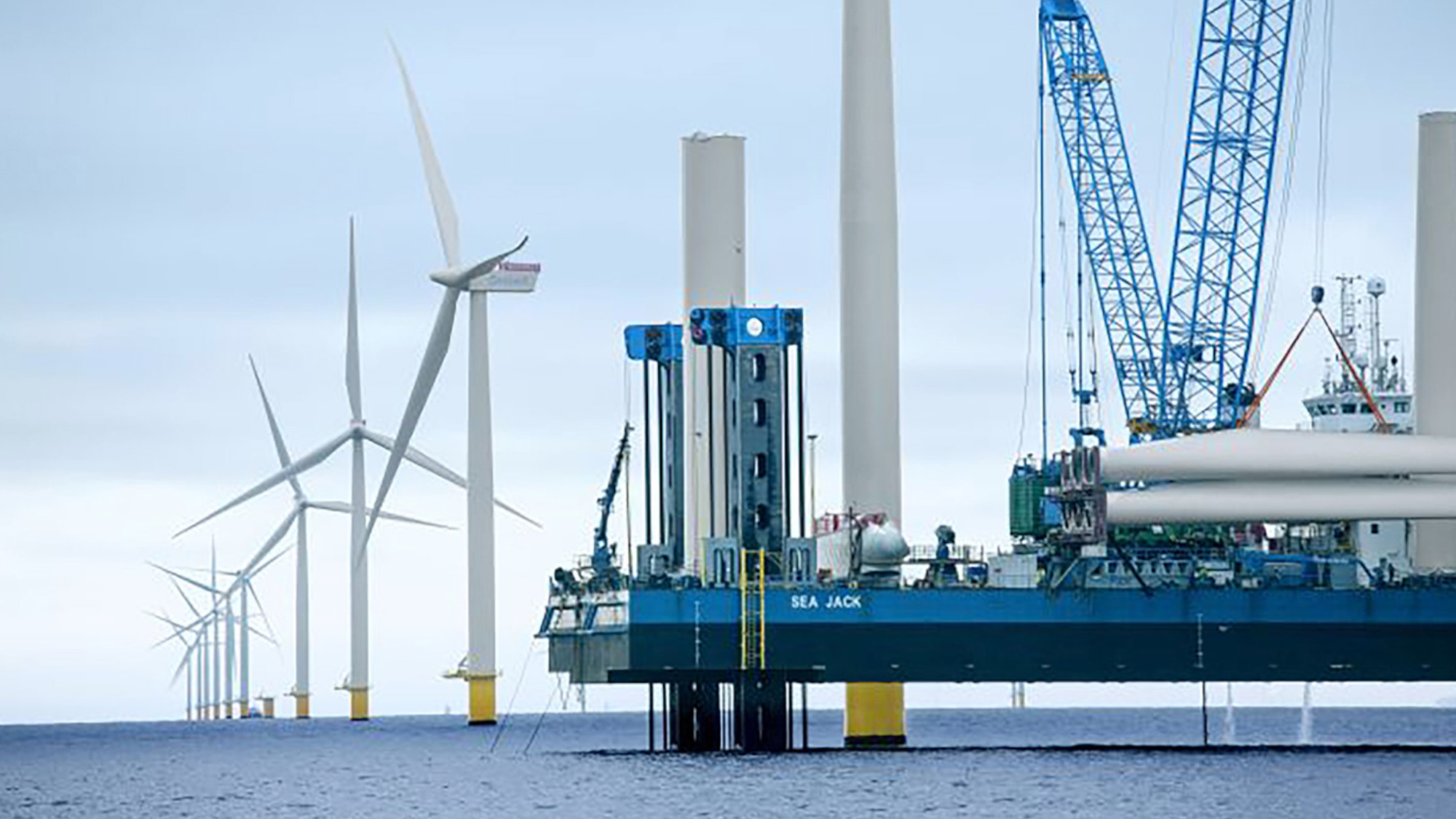
Why does Trump hate wind power?
His animus toward wind turbines—which he calls “windmills”—dates to 2011, when the Scottish government announced plans to build an 11-turbine wind farm about a mile out to sea from Trump’s luxury Aberdeenshire golf course. The “big, ugly structures,” Trump said, will ruin the view for golfers and “lead to the almost total destruction of Scotland’s tourism industry.” He lost his legal battle against the project, the blades of which are now barely visible from his course, but acquired an abiding hatred of wind turbines. Trump has since claimed, without evidence, that their whirring noise “causes cancer” and leads people and whales to go “crazy,” and that their blades are killing “all the birds.” A 2020 study found that collisions with turbines do kill about 200,000 birds a year in the U.S., but that’s far fewer than the 599 million that die in collisions with buildings and the 2.4 billion killed by cats. Still, after returning to the White House in January, Trump almost immediately went on the offensive against the industry, which provides about 10% of all U.S. power. “We’re not going to do the wind thing,” said Trump.
Are wind farms being shut down?
The Interior Department last month issued stop work orders for Revolution Wind, a $4 billion, 65-turbine wind farm set to power more than 350,000 homes in Rhode Island and Connecticut next year. Construction is 80% complete, but the White House, without elaborating, ordered the pause on national security grounds. Kirk Lippold, a retired U.S. Navy commander and renewables advocate, said it’s “abundantly clear this administration is using the guise of national security in order to eliminate all the green energy sources it can.” Connecticut, Rhode Island, and the companies behind Revolution Wind are suing over the stoppage. The administration last week asked a court to cancel the 2024 approval of a wind farm off Maryland and is also reconsidering the approval of farms in Massachusetts and Rhode Island; the three projects, combined, would power nearly 2.5 million homes. Meanwhile, the White House has launched a legislative and multiagency campaign that could scuttle the development of many future projects.
What does that campaign look like?
On his first day in office, Trump signed an executive memo temporarily blocking new or renewed wind energy leases on the Outer Continental Shelf, an offshore area about twice the size of California, and ordered a review of how federal leases and permits are granted for offshore and onshore wind farms. The Republican tax and spending megabill that Trump signed into law this summer ends a Biden-era 30% tax credit for new wind and solar power projects—unless those projects start construction by July 4, 2026, or complete construction by the end of 2027. Separately, Transportation Secretary Sean Duffy last month canceled or withdrew $679 million in federal funding for marine terminal and port improvements designed to support the offshore wind industry, saying “wasteful” wind projects were using money that should go toward “revitalizing America’s maritime industry.” The administration is also proposing new regulations that would make it difficult for wind power projects to get off the ground.
The Week
Escape your echo chamber. Get the facts behind the news, plus analysis from multiple perspectives.

Sign up for The Week's Free Newsletters
From our morning news briefing to a weekly Good News Newsletter, get the best of The Week delivered directly to your inbox.
From our morning news briefing to a weekly Good News Newsletter, get the best of The Week delivered directly to your inbox.
What kind of regulations?
Duffy wants a 1.2-mile property setback for wind turbines near highways and railroads and has asked the Federal Aviation Administration to “thoroughly evaluate wind turbines to ensure they do not pose a danger to aviation.” And despite relaxing similar rules for the oil and gas industry, Interior Secretary Doug Burgum is seeking to revoke a permitting policy that lets wind farms incidentally “take” or kill a number of eagles during normal operations, so long as they try to reduce raptor deaths. Burgum, who says turbines are “unreliable” because “you don’t know when the wind’s gonna blow,” has also pushed regulators to deny permits for wind and solar projects on federal lands unless they can generate as much energy per acre as a coal, gas, or nuclear plant in the same location—a test they are certain to fail. Burgum said the policy was needed to protect the “environment and wildlife.”
Will these policies affect Americans?
They will, because the grid desperately needs new power sources to satisfy surging demand from electricity-hungry AI data centers, as well as from homes and industry. Electricity prices for U.S. households jumped more than twice as fast as the overall cost of living last year; research suggests the elimination of clean energy tax credits could add $400 to annual energy bills in the Upper Great Plains and $130 in Pennsylvania. American workers will also pay a price: More than 17,000 jobs are connected to offshore wind projects that have already been canceled or put on hold, or could be shut down by the Trump administration. Sidelining wind will also have negative consequences for the climate by keeping the U.S. reliant on coal and gas plants that pump out planet-warming emissions.
Can the wind industry survive in the U.S.?
It’s not certain. Even if some anti-wind policies are struck down in court, the moves will “chill anyone with limited capital” from seeking federal approval for a wind farm, said Erik Schlenker-Goodrich, head of the Western Environmental Law Center. It’s possible Trump could let some paused projects go ahead. A stop work order on New York’s $5 billion offshore Empire Wind farm was lifted this spring after New York Gov. Kathy Hochul agreed to revive a blocked natural gas pipeline, according to administration officials. Hochul denies making such a deal. While Trump’s crackdown may set the industry back years, some wind power advocates say the president won’t be able to kill the sector entirely—because the country desperately needs the power it generates. “This hurts a little bit,” said Chris Mikkelsen, executive director of the Port of Humboldt Bay in California, which lost $427 million in federal wind funding. But “an administration can’t change the fact that the U.S. has incredible energy demands.”
A free daily email with the biggest news stories of the day – and the best features from TheWeek.com
-
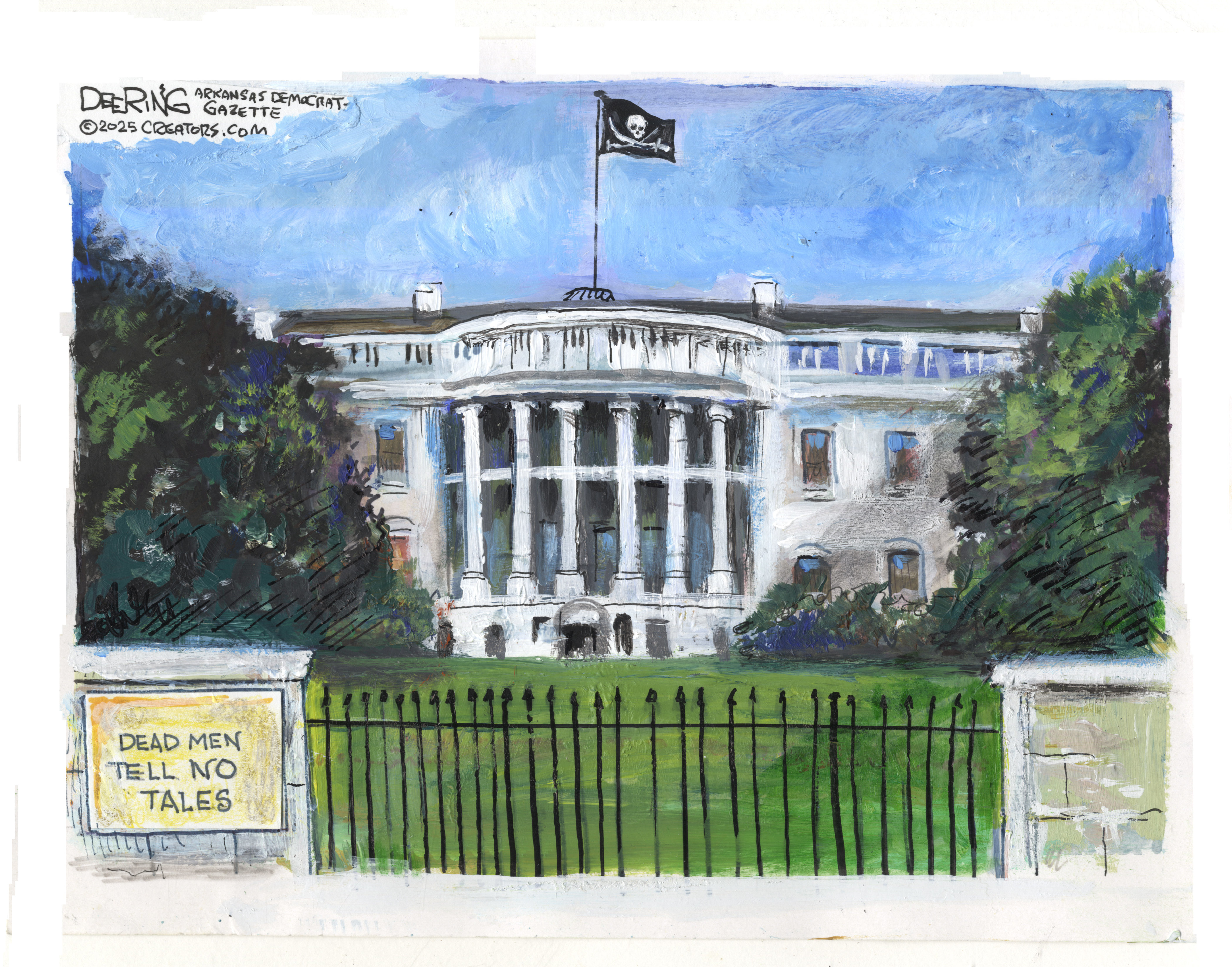 Political cartoons for December 14
Political cartoons for December 14Cartoons Sunday's political cartoons include a new White House flag, Venezuela negotiations, and more
-
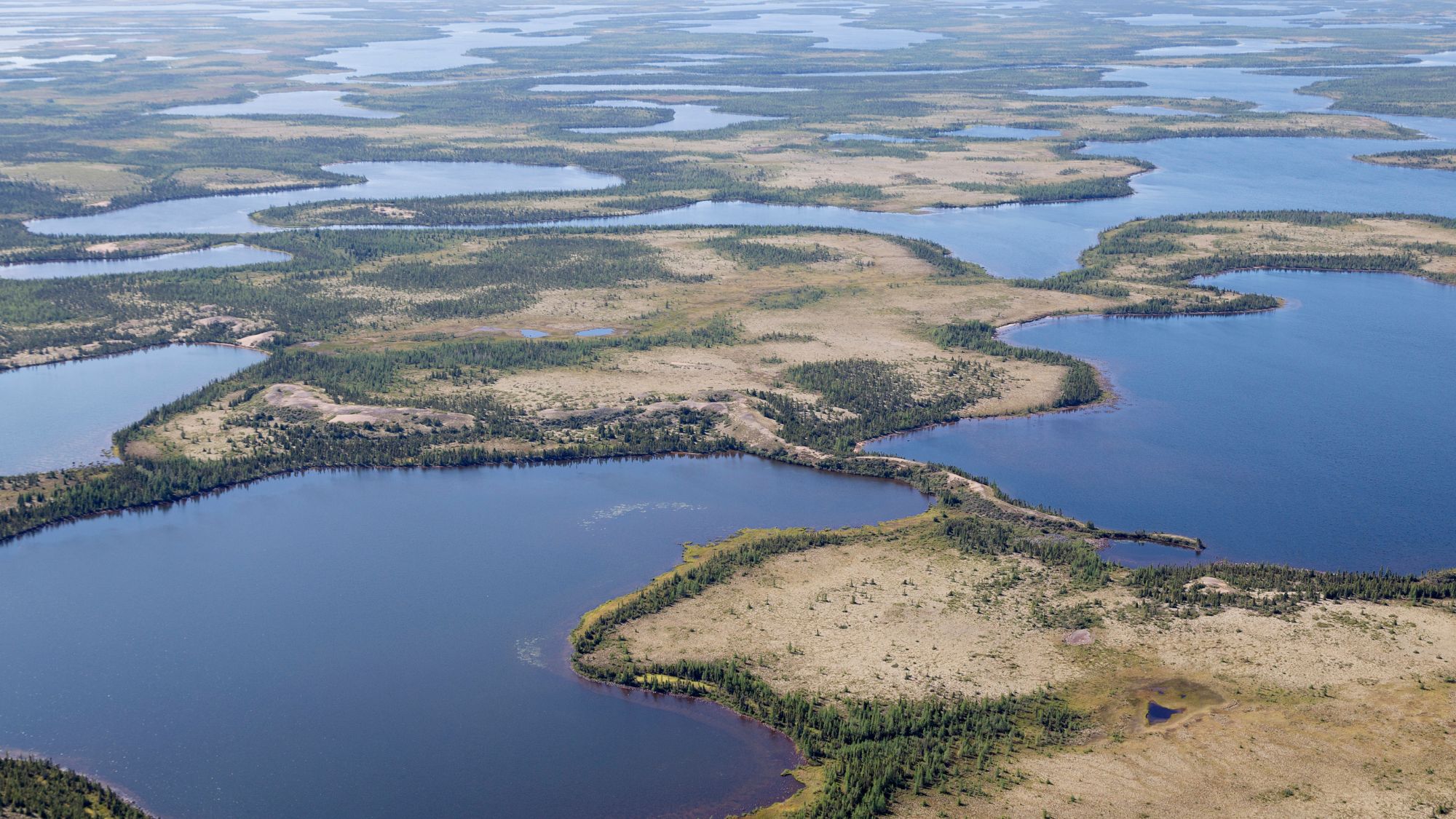 Heavenly spectacle in the wilds of Canada
Heavenly spectacle in the wilds of CanadaThe Week Recommends ‘Mind-bending’ outpost for spotting animals – and the northern lights
-
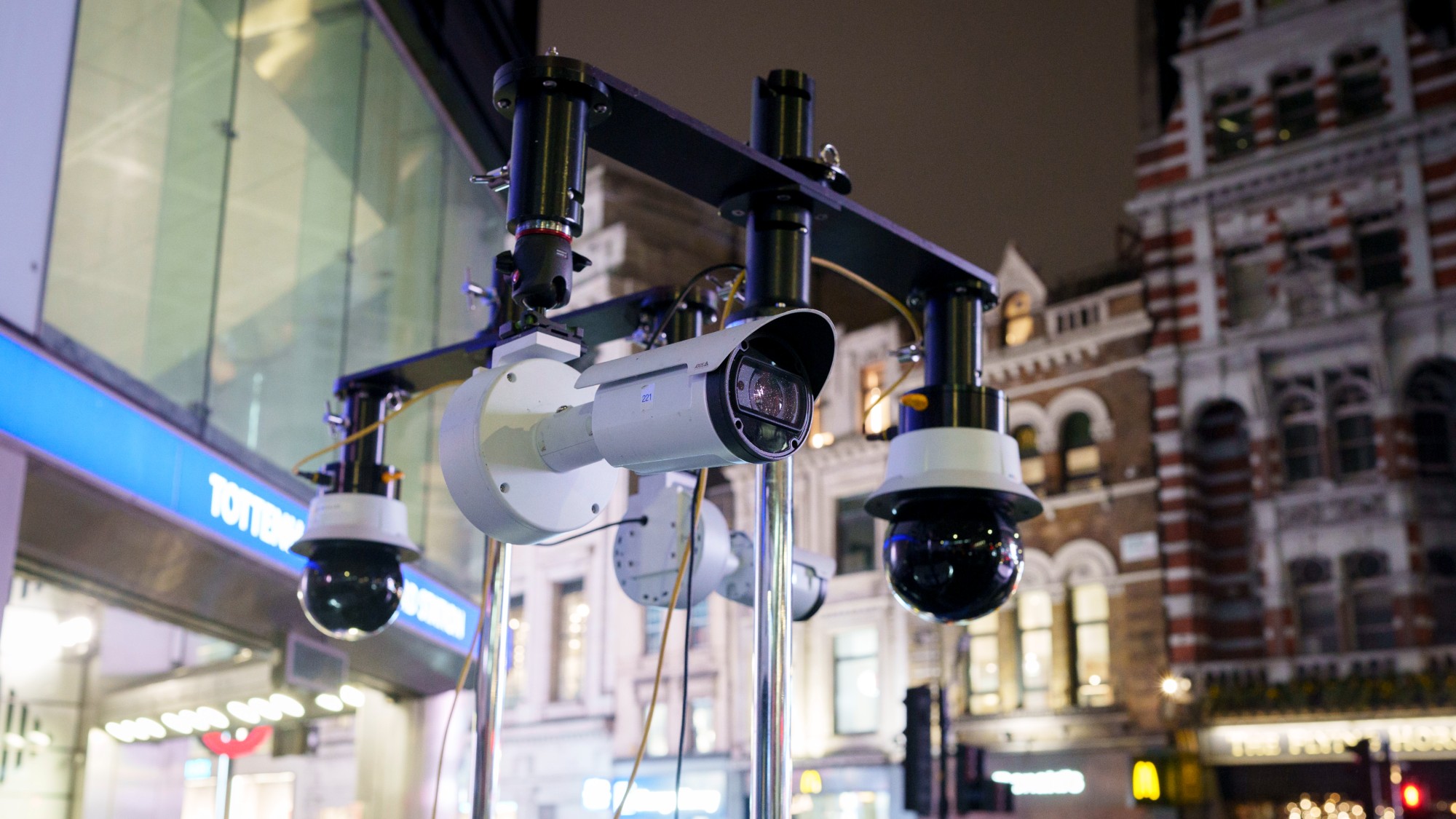 Facial recognition: a revolution in policing
Facial recognition: a revolution in policingTalking Point All 43 police forces in England and Wales are set to be granted access, with those against calling for increasing safeguards on the technology
-
 ‘City leaders must recognize its residents as part of its lifeblood’
‘City leaders must recognize its residents as part of its lifeblood’Instant Opinion Opinion, comment and editorials of the day
-
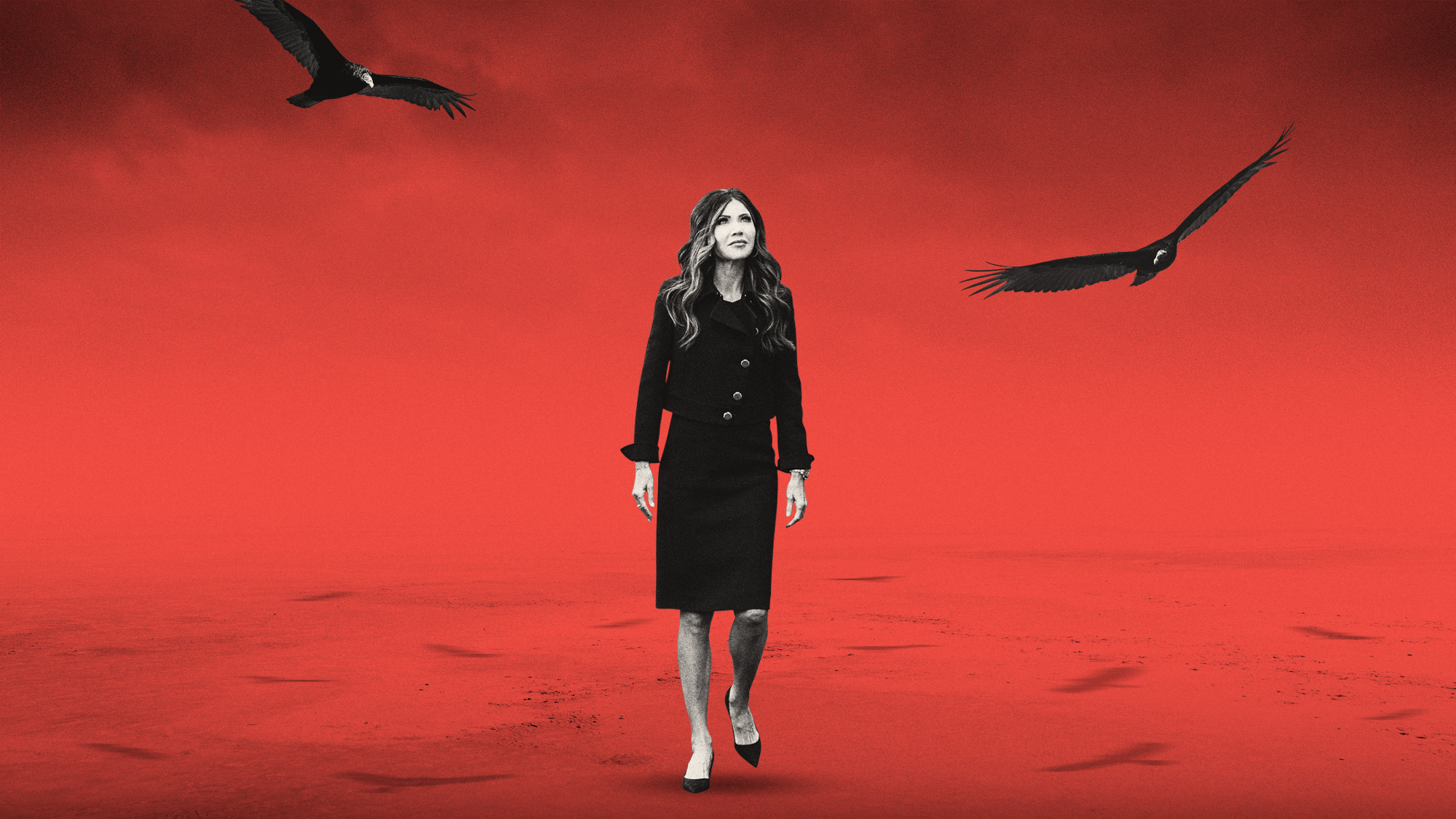 Homeland Security Secretary Kristi Noem might not be long for Trumpland
Homeland Security Secretary Kristi Noem might not be long for TrumplandIN THE SPOTLIGHT She has been one of the most visible and vocal architects of Trump’s anti-immigration efforts, even as her own star risks fading
-
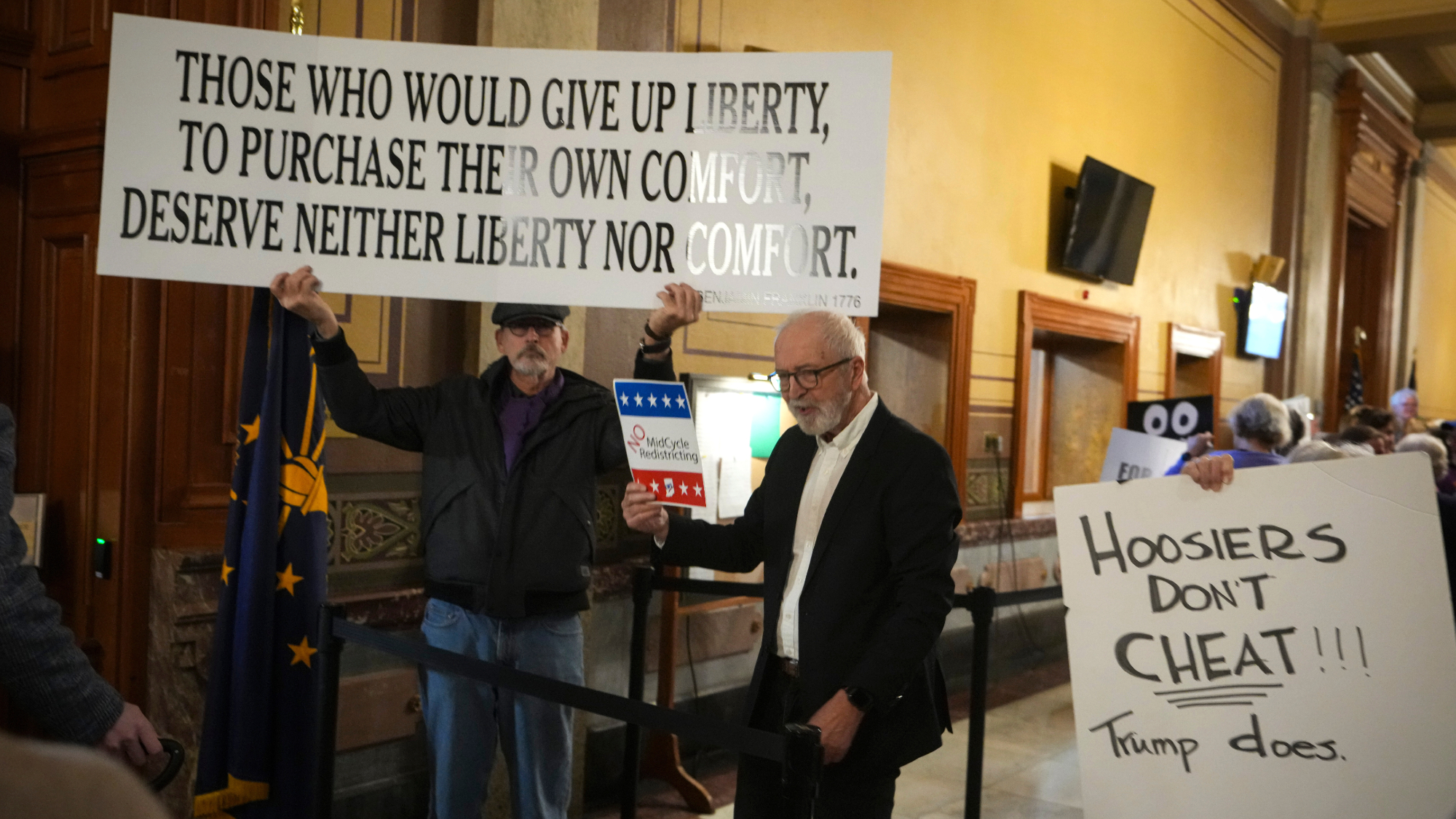 Indiana Senate rejects Trump’s gerrymander push
Indiana Senate rejects Trump’s gerrymander pushSpeed Read The proposed gerrymander would have likely flipped the state’s two Democratic-held US House seats
-
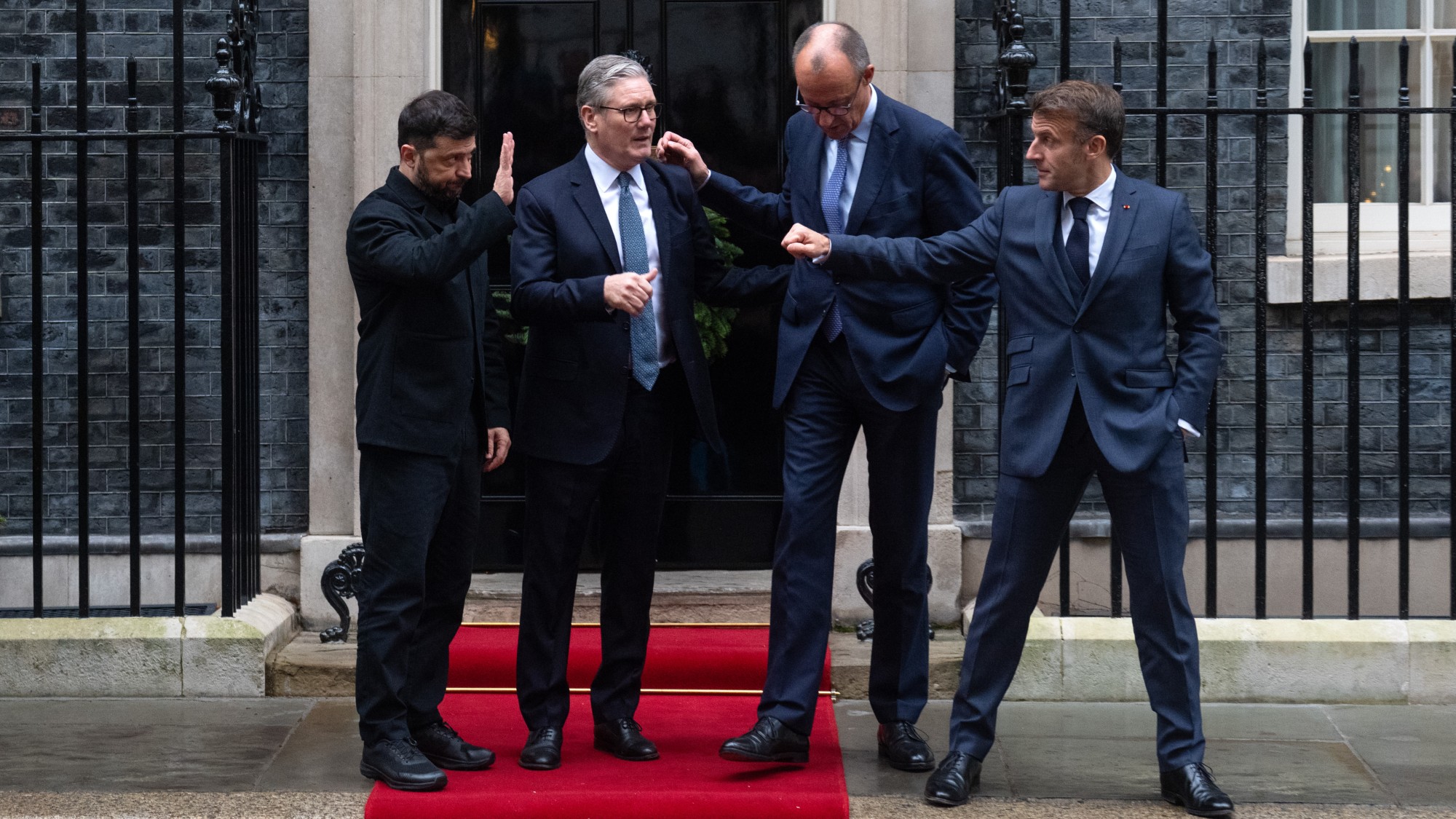 Will there be peace before Christmas in Ukraine?
Will there be peace before Christmas in Ukraine?Today's Big Question Discussions over the weekend could see a unified set of proposals from EU, UK and US to present to Moscow
-
 ‘The menu’s other highlights smack of the surreal’
‘The menu’s other highlights smack of the surreal’Instant Opinion Opinion, comment and editorials of the day
-
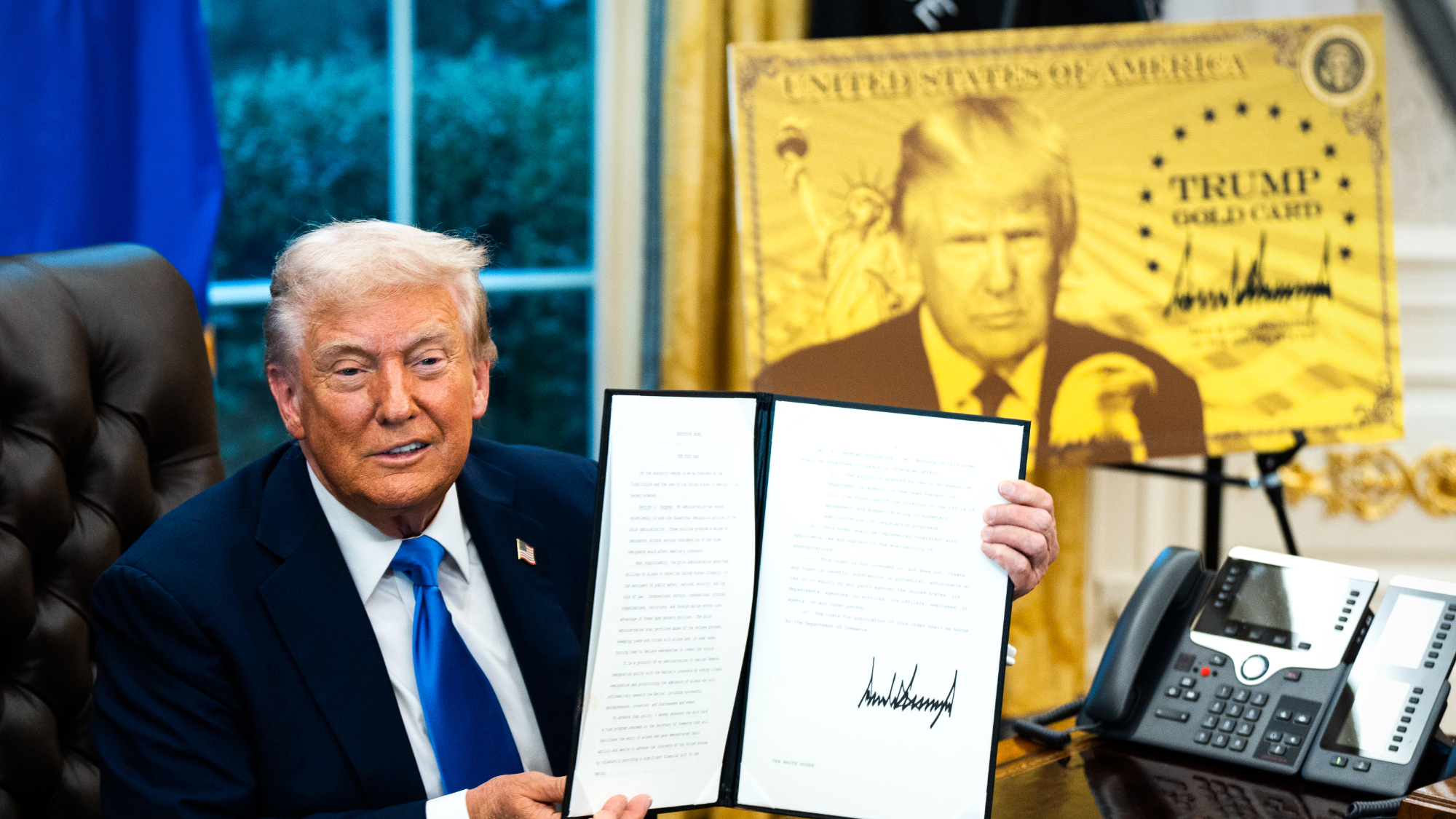 $1M ‘Trump Gold Card’ goes live amid travel rule furor
$1M ‘Trump Gold Card’ goes live amid travel rule furorSpeed Read The new gold card visa offers an expedited path to citizenship in exchange for $1 million
-
 US seizes oil tanker off Venezuela
US seizes oil tanker off VenezuelaSpeed Read The seizure was a significant escalation in the pressure campaign against Venezuelan President Nicolás Maduro
-
 The Trump administration says it deports dangerous criminals. ICE data tells a different story.
The Trump administration says it deports dangerous criminals. ICE data tells a different story.IN THE SPOTLIGHT Arrest data points to an inconvenient truth for the White House’s ongoing deportation agenda